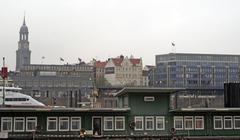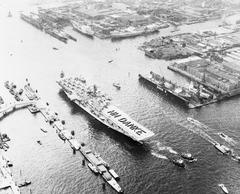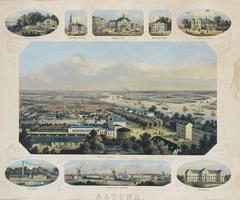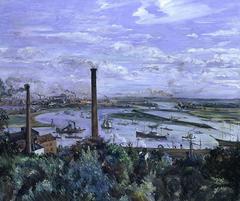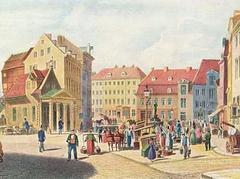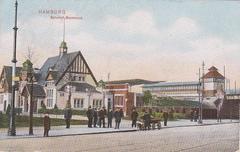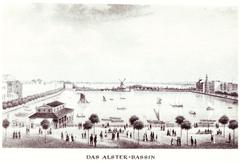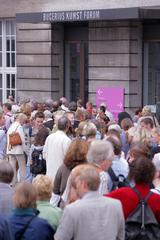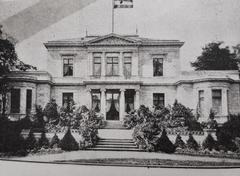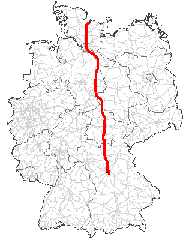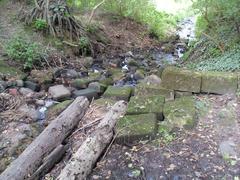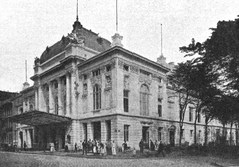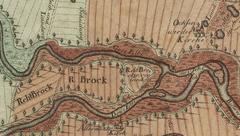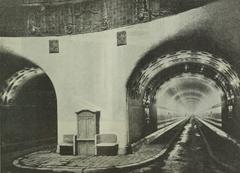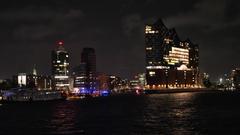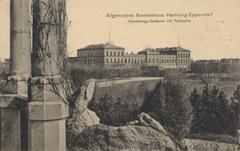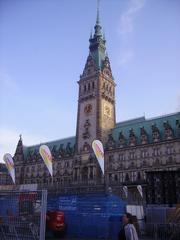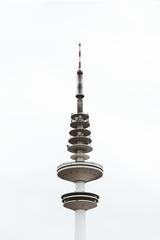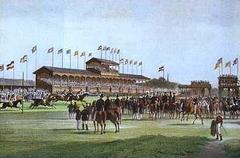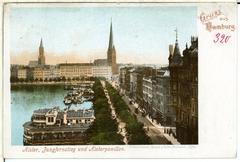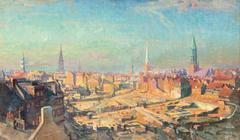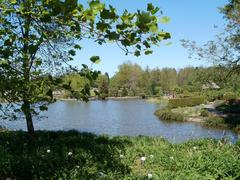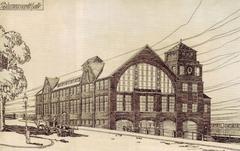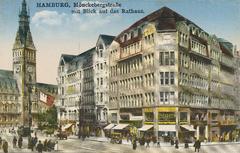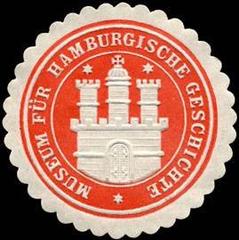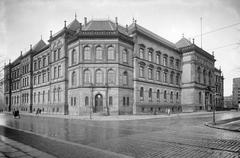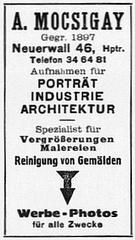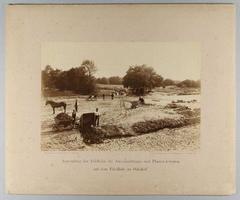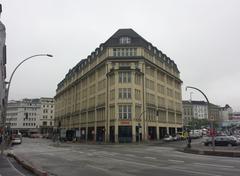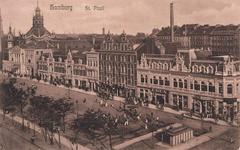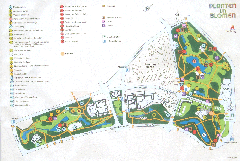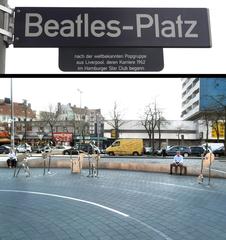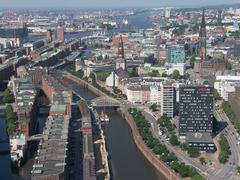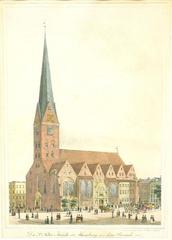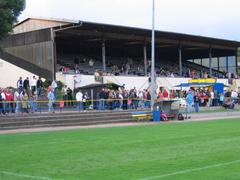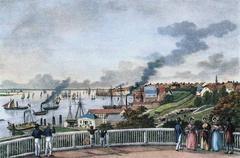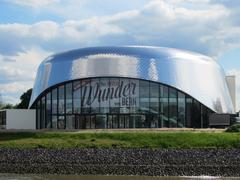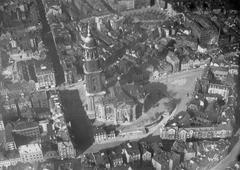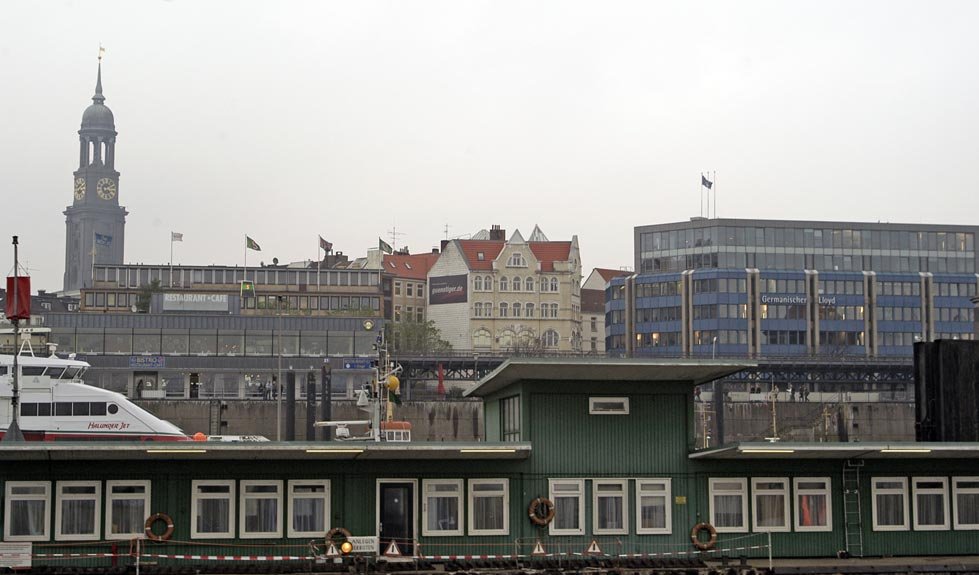
Comprehensive Guide to Visiting Überseebrücke, Hamburg, Germany
Date: 18/08/2024
Introduction
Nestled within the vibrant port of Hamburg, Überseebrücke is much more than just a pedestrian bridge; it is a gateway to the city’s rich maritime legacy. Constructed in 1930 and initially serving as a pier for cruise liners and ferries, Überseebrücke has evolved into a beloved landmark that draws visitors from around the globe. From its early days accommodating luxury liners like the ‘IMPERATOR’ to its post-war reconstruction and role in Hamburg’s economic recovery, this iconic bridge has witnessed significant historical milestones (Hafen Hamburg). Today, Überseebrücke is not only a symbol of Hamburg’s enduring connection to the sea but also a modern tourist destination complete with a covered pedestrian walkway and dynamic attractions like the museum ship ‘Cap San Diego’ (Hamburg Tourism). This comprehensive guide explores the history, cultural significance, and visitor experience of Überseebrücke, offering practical tips and highlighting nearby attractions to ensure a memorable visit.
Table of Contents
- Introduction
- History of Überseebrücke
- Modern Developments
- Visitor Information
- Nearby Attractions
- Cultural and Historical Significance
- Visitor Experience
- FAQ
- Conclusion
Discover the History and Visitor Experience at Überseebrücke – Hamburg’s Maritime Gem
History of Überseebrücke
Construction and Early Years
The Überseebrücke, or “Oversea Bridge,” was constructed in 1930 by the shipping company Hamburg Süd. This pontoon facility was initially built to serve as a pier for cruise liners and ferries traveling to England. The bridge’s strategic location east of the St. Pauli Landungsbrücken made it an essential part of Hamburg’s maritime infrastructure. The construction was overseen by H.C.E. Eggers, a company specializing in steel structures, ensuring that the bridge could withstand the demands of maritime traffic (Hamburg Tourism).
Role During the Mid-20th Century
During its early years, the Überseebrücke was a bustling hub for passenger ships, including some of the largest and most luxurious liners of the time. Notably, the “IMPERATOR,” once the world’s largest passenger ship, docked here, offering a stark contrast between the opulent accommodations of first-class passengers and the cramped, less sanitary conditions of those in the lower decks (Hamburg Tourist Info).
Post-War Reconstruction
World War II brought significant challenges to Hamburg, with approximately 80% of the port facilities destroyed. The Überseebrücke was no exception, suffering considerable damage. However, the post-war reconstruction efforts were swift and effective. By 1953, Hamburg had invested 115 million euros in rebuilding its port infrastructure, including the Überseebrücke, which resumed its role as a vital maritime link (Hafen Hamburg).
The Cap San Diego
One of the most iconic elements of the Überseebrücke is the museum ship “Cap San Diego.” This vessel, a general cargo ship built in the 1960s, has found a permanent home at the Überseebrücke. Known as the “white swan of the South Atlantic,” the Cap San Diego is a testament to Hamburg’s rich maritime history and is open for daily tours, offering visitors a glimpse into the life of a mid-20th-century cargo ship (Hamburg Tourism).
Modern Developments
In recent years, the Überseebrücke has undergone several upgrades to maintain its functionality and appeal. The bridge now features a covered pedestrian walkway, allowing visitors to access the pontoons in the Elbe River comfortably. This design ensures that the bridge remains accessible regardless of the water level, thanks to its innovative rolling end section that adjusts to the tide (Hamburg Tourist Info).
Visitor Information
- Überseebrücke Visiting Hours: The bridge is accessible to visitors 24/7, but specific attractions like the Cap San Diego have their own operating hours. It’s recommended to check ahead for the most accurate information.
- Überseebrücke Tickets: While access to the bridge itself is free, tickets are required for tours of the Cap San Diego and other nearby attractions. Prices vary, so consult the official websites for details.
- Accessibility: The bridge is equipped with ramps and accessible walkways, making it suitable for visitors with mobility needs.
- Travel Tips: Wear comfortable shoes as the area can be extensive for exploring. Check the weather forecast and dress appropriately, especially if you plan to spend extended time outdoors.
Nearby Attractions
- St. Pauli Landungsbrücken: Just a short walk away, these historic piers offer additional maritime charm and a variety of dining and shopping options.
- Elbphilharmonie: An architectural marvel and concert hall located nearby, offering stunning views of the harbor and world-class musical performances.
- Miniatur Wunderland: The world’s largest model railway exhibition, perfect for families and enthusiasts.
Cultural and Historical Significance
The Überseebrücke is more than just a functional structure; it is a symbol of Hamburg’s enduring connection to the sea. Over the decades, it has witnessed the evolution of maritime travel, from the grand passenger liners of the early 20th century to the modern cruise ships and museum vessels of today. Its historical significance is further underscored by its role in Hamburg’s post-war recovery and its ongoing contribution to the city’s maritime heritage (Hafen Hamburg).
Visitor Experience
Today, the Überseebrücke is a popular tourist destination, offering a unique blend of historical significance and modern amenities. Visitors can explore the Cap San Diego, enjoy scenic views of the Elbe River, and learn about Hamburg’s maritime history through various informational displays. The bridge’s proximity to other attractions, such as the St. Pauli Landungsbrücken and the Elbphilharmonie, makes it an essential stop for anyone looking to experience the best of Hamburg’s waterfront (Hamburg Tourism).
FAQ
- What are the visiting hours for Überseebrücke? The bridge is open 24/7, but specific attractions like the Cap San Diego have their own hours.
- Do I need tickets to visit Überseebrücke? Access to the bridge is free, but tickets are required for certain attractions like the Cap San Diego.
- Is Überseebrücke accessible for people with disabilities? Yes, the bridge has ramps and accessible walkways.
- What nearby attractions can I visit? Nearby attractions include the St. Pauli Landungsbrücken, Elbphilharmonie, and Miniatur Wunderland.
Conclusion
Überseebrücke stands as a testament to Hamburg’s rich maritime history and its ongoing evolution as a global port city. From its construction in 1930 to its crucial role in post-war reconstruction and its current status as a bustling tourist destination, Überseebrücke encapsulates the spirit of Hamburg’s resilience and innovation. Visitors today can explore the bridge’s historical significance through attractions like the Cap San Diego, enjoy scenic views of the Elbe River, and immerse themselves in the vibrant cultural landscape of nearby landmarks such as the St. Pauli Landungsbrücken and the Elbphilharmonie (Hamburg Tourist Info). Whether you’re a history enthusiast, a maritime aficionado, or simply looking for a picturesque spot to explore, Überseebrücke offers a unique and enriching experience that highlights the best of Hamburg’s waterfront. For the latest updates, travel tips, and more, consider downloading our mobile app Audiala and stay connected with us on social media.
